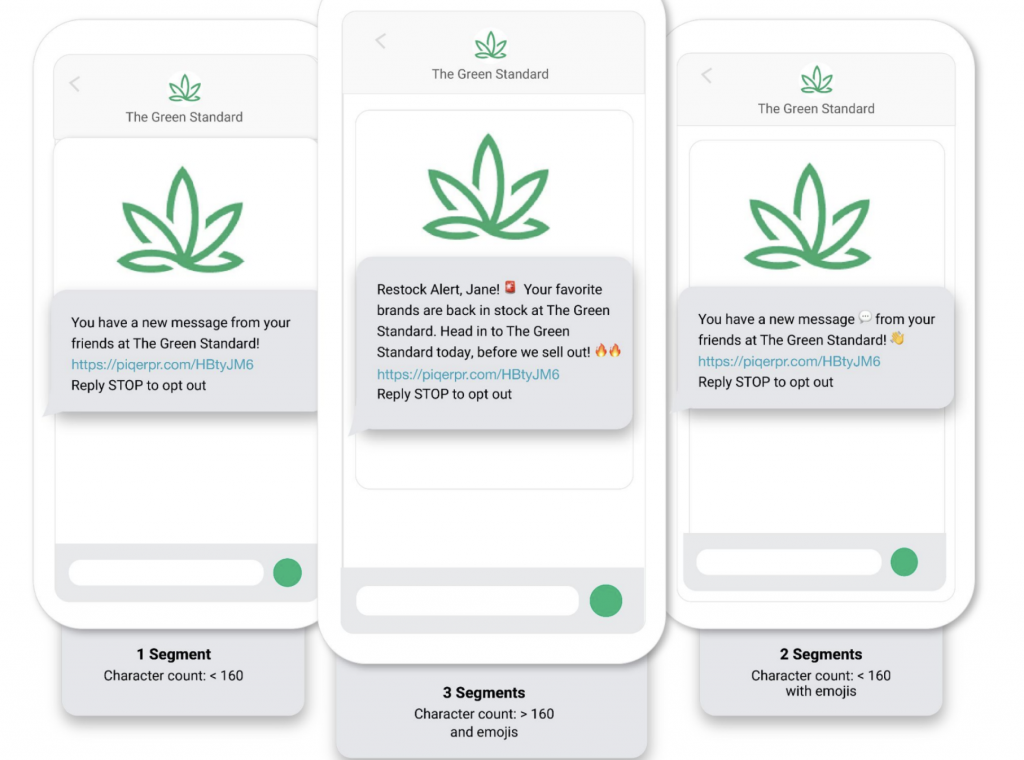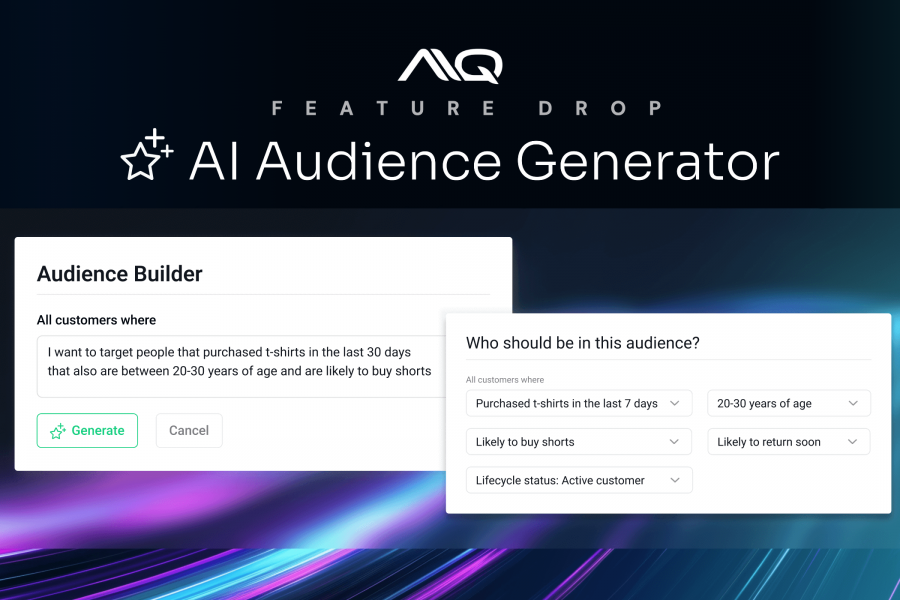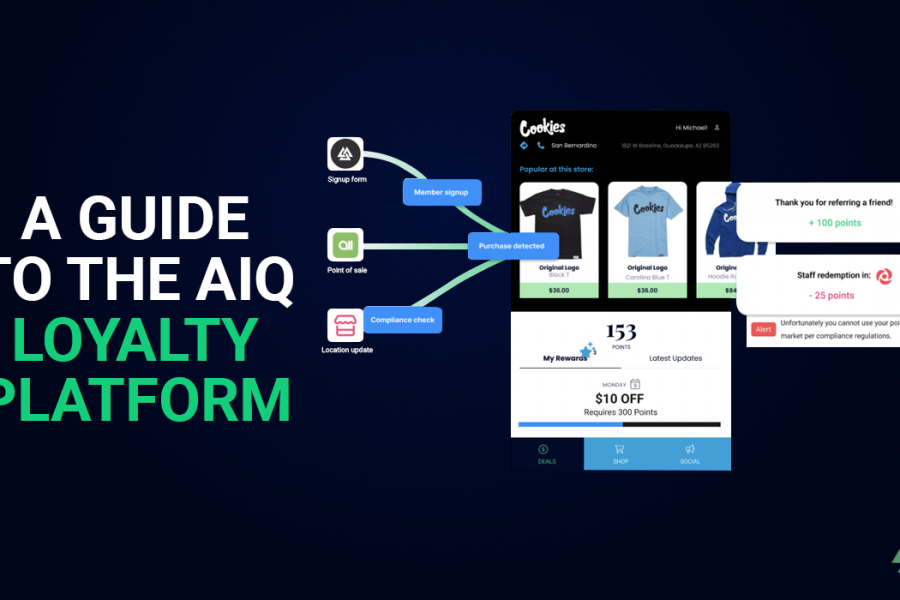Segmentation in the context of marketing refers to the process of dividing your audience into distinct groups based on certain criteria. This makes your strategy more personalized and targeted.
In telecom, however, segments have a different meaning — but both kinds of “segments” are important when you’re implementing an SMS marketing strategy for your brand.
What are segments in telecom?

Segments in telecom are the number of messages you can send at a time, based on the number of characters your message contains.
For the modern user, think of this as the character limits on Twitter. One tweet (segment) is equal to 280 characters. If you go beyond that, you will have to create another tweet.
In the context of telecom, think of the classic brick phones. When you type a text message, you will see two numbers on the upper-right side of the screen:
- The first number refers to the number of characters that your message contains
- The second one after the / refers to the number of segments
One message segment is typically limited to 160 characters, or equivalent to 140 bytes of Unicode. When you go beyond that number in your SMS, your message will be split and your carrier will send it in two or more separate segments.
In other words, message segments are how telecom carriers and messaging systems such as Twilio and Alpine IQ count messages. For example:
- 160 characters = 1 SMS segment
- 320 characters = 2 SMS segments
- 480 characters = 3 SMS segments
How are telecom segments beneficial to marketing?
Ideally, you should only be sending your marketing messages one segment at a time — too many messages could easily turn off recipients, and it will also dilute the overall impact of your message.
Segments also dictate how much you will have to spend on your SMS marketing strategy. So if you aren’t mindful of the number of characters your message contains, you might end up having to pay more than your allotted budget. And little expenses like these could add up to become big expenses.
A good SMS marketing strategy requires compelling and succinct copy, and segments are a huge factor. Without proper segmentation of your SMS, your text messages may not be as effective.
How to Effectively Use Telecom Segments for Your Marketing
Here are 3 quick tips to help you make the most of your SMS marketing by properly implementing segments:
1. Keep your copy short and sweet
Since SMS has a 160-character limit, it’s important to write your copy succinctly. This can be a challenge but it can be done. There are many free tools you can use such as Twilio’s Messaging Segment Calculator to check the number of characters in your message.
It’s also crucial to include a call to action at the very end so that your audiences are guided on what the next steps are.
2. Tone down the emojis
Each element in your SMS has a certain number of Unicode bytes. Simple letters of the alphabet and spaces don’t occupy that many bytes, but emojis require more Unicode to be accommodated in one segment. Try to tone down the use of emojis to just one or two.
3. Be mindful of other factors that could affect your SMS segment
Three other factors that can often be overlooked are accented characters, smart quotes, and non-GSM spaces. Like emojis, they require more Unicode and could take up so much “space” in your message segment:
- Accented characters such as à, ñ, and ö can take a lot of Unicode bytes in one message segment, so be mindful when using them. However, other accented characters such as á, í, or ú don’t seem to affect the segmentation that much.
- Smart quotes are sometimes referred to as “curly quotes” because of how they look. Try not to use smart quotes as much as you can. Instead of [“ ”] or [‘ ’], use the simpler “straight quotes” such as [” “] and [‘ ‘].
- Non-GSM spaces are usually a result of copying and pasting. Not all mobile phones and carriers support non-GSM characters, so this will negatively affect how your messages are displayed and segmented. Non-GSM spaces are not always easy to detect, so you will need to use a tool to find them such as M-Zone’s Unicode Detection Tool.
Improve Your Businesses SMS Marketing with the Right Tools
There are a lot of technicalities involved in SMS marketing, but with the right tools, you can make the process easier and more efficient. SMS marketing is an essential strategy — it helps you widen the reach of your marketing and drive more engagement to your business.
Whether you need help with segmenting your SMS or coming up with the best marketing strategy for your business, Alpine IQ is here to help.
With our suite of SMS/MMS marketing tools and other AI-powered marketing solutions, we can help you automate and personalize your marketing messages, all while staying compliant with the dynamic nature of the industry.
Visit https://alpineiq.com/ to get started!
To get the latest updates on our suite of services, make sure to subscribe to our blog today!







Leave a Comment